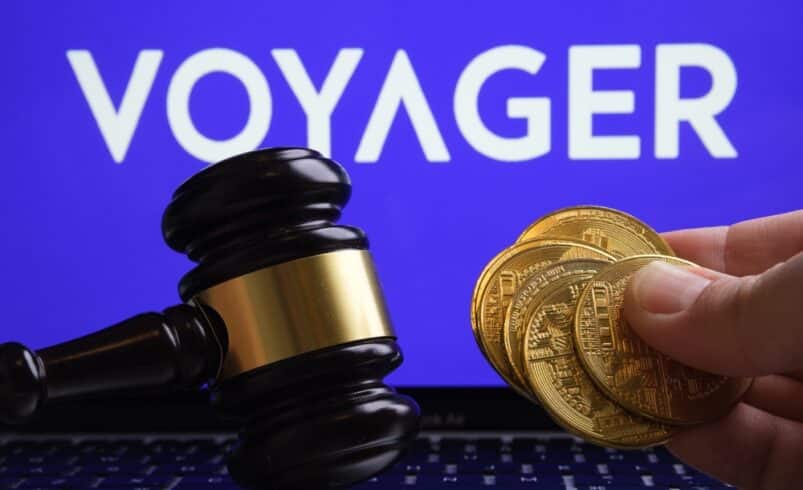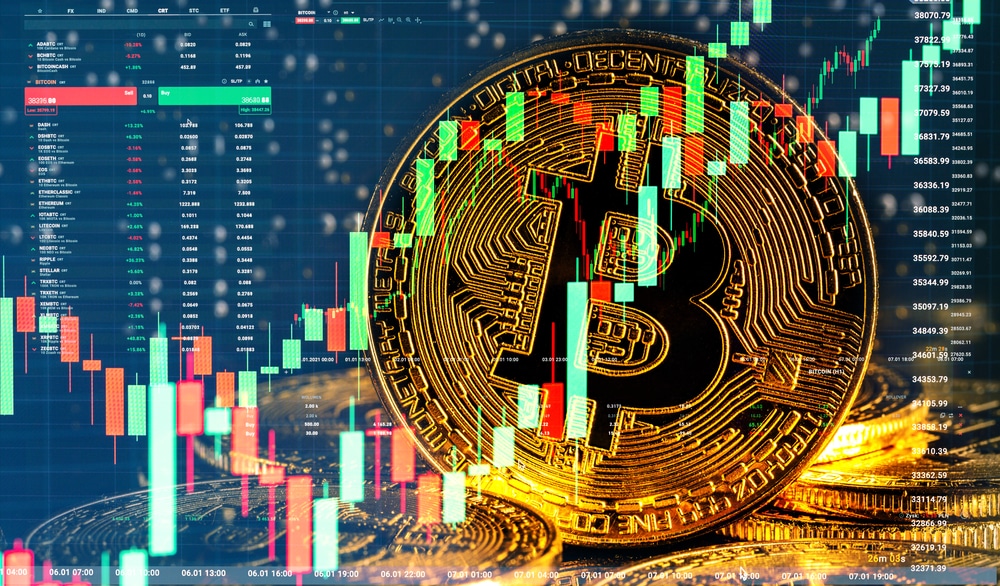A Comprehensive Explanation of Crypto-to-Crypto Swaps

What are Crypto-to-Crypto Swaps?
These are the direct exchange of a single cryptocurrency for another at the present market rate. Different from conventional exchanges, they ensure seamless facilitation of the exchange.
Swaps enhance cryptocurrencies’ efficacy and liquidity. It allows users to exchange their cryptocurrencies with other coins in their wallets, boosting the ecosystem’s efficacy and minimizing the risk of control or censorship.
Swaps enable people to diversify their crypto holdings, leveraging new investment opportunities.
Is Crypto Swapping Better than Trading?
In crypto trading, transactions are carried out on the basis of an order book. As such, trades are restricted to pairs available on the exchange.
Basically, trading entails an initial exchange of crypto fiat and later utilizing the fiat to buy another coin. The process will involve paying a commission at each step.
On the contrary, swapping ensures smooth exchange between cryptocurrencies. This process happens at once, eradicating the need to initially change crypto to fiat.
Swapping ensures improved flexibility, allowing users to exchange one asset instantly for another.
Understanding Crypto-to-Crypto Swaps Function
Users interact with the liquidity pool on centralized exchanges (CEXs), which serve as intermediaries, while exchanges charge fees for permitting swaps. For example, on Coinbase, the user interacts with its order book when swapping.
Decentralized exchange (DEX) swaps are peer-to-peer (P2P). Automated smart contracts control liquidity pools, eradicating the need for a mediator in the exchange process.
Smart contracts in decentralized exchanges implement swaps based on the asset ratio in the pool. A user contributes an asset and acquires a corresponding amount of the other rather than direct trades.
Users link their wallets to the decentralized exchange program, pick their favourite assets, and approve the transaction. Smart contracts promote the exchange by automatically carrying out the trade based on parameters like volume and price.
In DEXs and CEXs, the swap process entails establishing the currency pairs, stipulating the amount to exchange, and verifying the transaction. After execution, the exchanged cryptocurrencies are moved to the wallet or managed in the exchange’s infrastructure.
Factors to Consider Before Swapping
Prior to swapping, the following must be considered to guarantee a seamless process:
Security
Evaluate the platform’s security measures. When utilizing a CEX, users must take into account the platform’s security certifications and if it utilizes cold storage.
Transaction fees and network congestion
Network congestion’s role is to establish the swap’s speed and cost. One should research the fees charged by the platform and take into account the blockchain network’s state to avert delays.
Liquidity and slippage
Users must assess the liquidity of assets being swapped to evade considerable price changes during the transaction, which might cause slippage.
Regulatory factors and jurisdictional variations
In this case, a user must ensure compliance with appropriate guidelines governing cryptocurrency transactions in their location.
Challenges Inherent in Crypto-to-Crypto Swapping
The risks and challenges linked to crypto-to-crypto swapping are explained below.
Price instability
Cryptocurrency prices are pretty unstable, with quick and erratic variations. The volatility can impact assets’ value, resulting in significant losses or gains within a short timeframe.
Liquidity risks
Liquidity concerns the ease with which a crypto asset can be purchased or sold without considerably impacting its price. In case a cryptocurrency’s liquidity is lower, the number of purchasers and sellers at a specific time might be inadequate, causing unfavourable prices and delays during the swapping process.
Counterparty risks
When swapping cryptocurrencies on centralized exchanges, users depend on the exchange to promote the transaction. The exchange may encounter technical problems, take part in deceitful activities, or become bankrupt.
Regulatory risks
The regulatory landscape of cryptocurrency is still changing and varies widely across jurisdictions. Changes can affect the operational aspects or legality of crypto-swapping platforms.
Final Thought
In less regulated markets, market manipulation is less likely. Big groups or traders increase or reduce prices to exploit other participants. The situation may result in unanticipated outcomes for persons involved in crypto swapping.
Zone Crypto Invest provides exposure for numerous crypto businesses, and we invite you to join our community! Connect with us through our Telegram chat for any questions. Given the volatile nature of cryptocurrencies, always conduct thorough research before investing. Many articles on our website are sourced from guest writers or are paid content, and they might not reflect the views of Zone Crypto Invest's internal team. The opinions in these pieces may not always coincide with Zone Crypto Invest's stance. We do not vouch for the accuracy, quality, promotions, or any other aspects showcased on our platform. Please refer to our detailed terms of service and disclaimer for further information.








